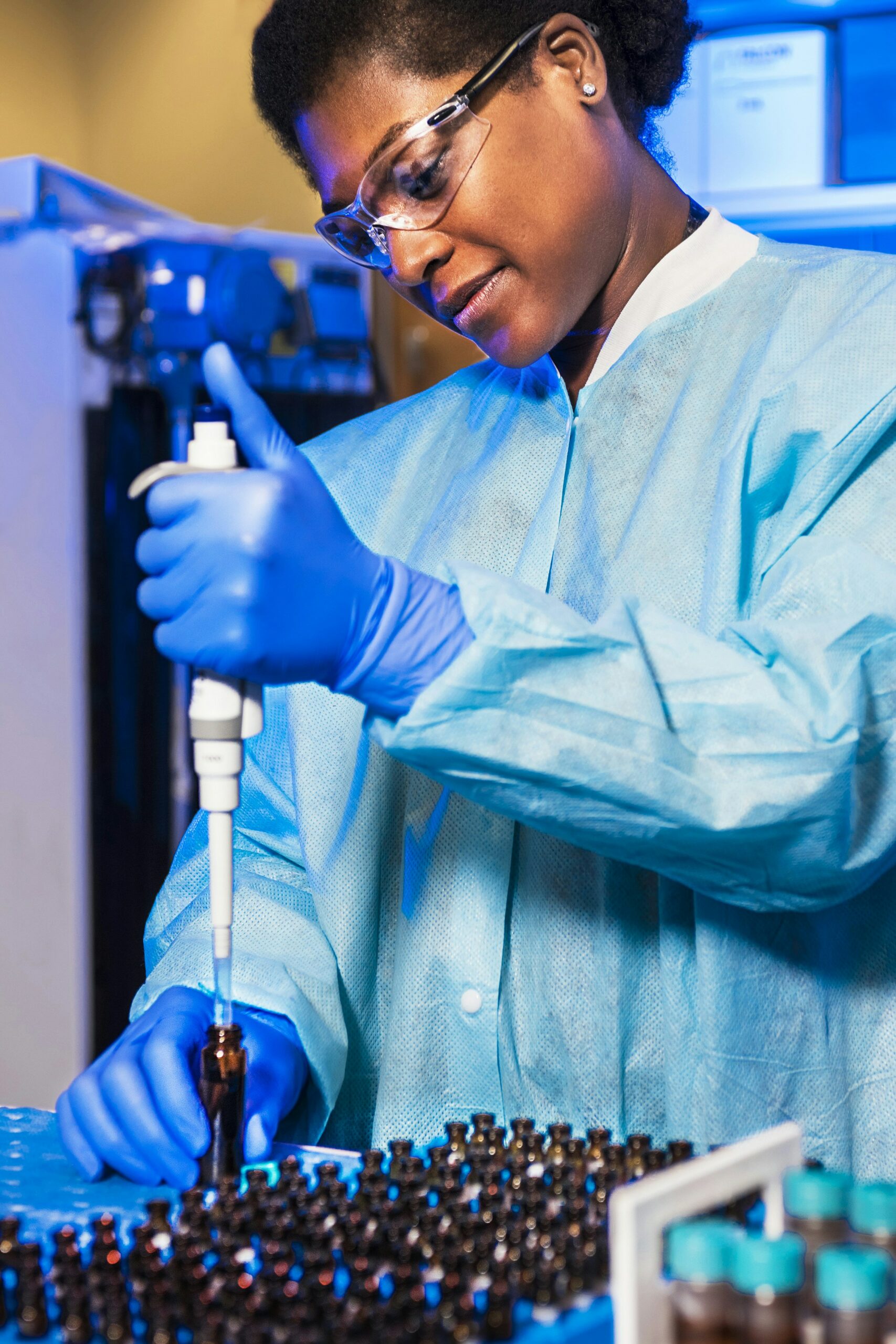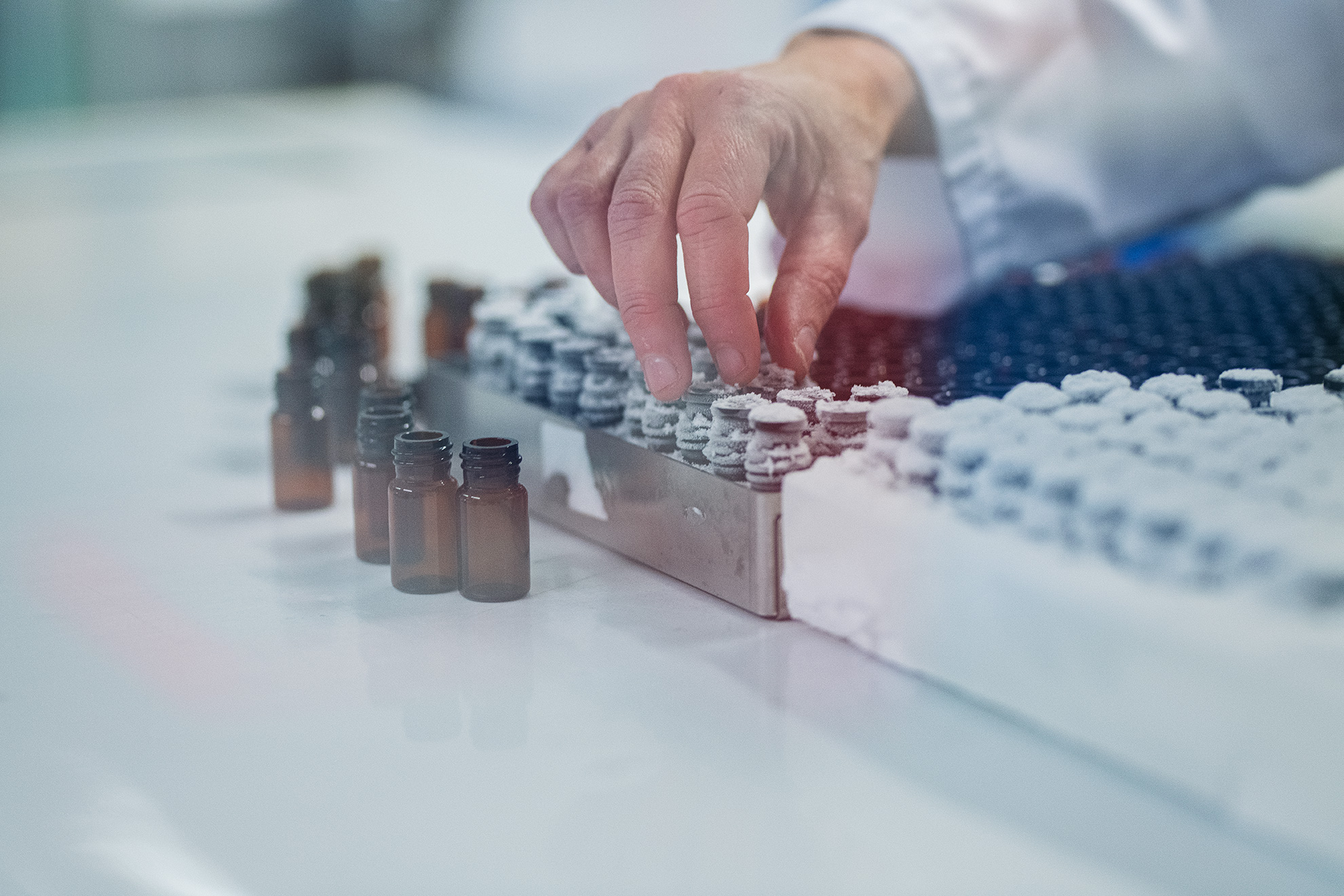Latest Publication Reveals Insights on Collagen Turnover Biomarkers in Hemophilia A Patients
September 18, 2023
“Evaluation of collagen turnover biomarkers as an objective measure for efficacy of treatment with rurioctocog alfa pegol in Hemophilia A patients: a secondary analysis of a randomized controlled trial.”
authored by Manon-Jensen T, Tangada S., Bager C., Chowdary P., Klamroth R., von Drygalski A,. Windyga J., Escobar M., Frederiksen P., Engl W., Ewenstein B., and Karsdal M.
Nordic Bioscience is proud to announce a research paper that sheds new light on the treatment of Hemophilia A patients. Published in the latest edition of Journal of Trombosis and Haemostasis, this study presents an insightful evaluation of collagen turnover biomarkers as objective measures for ass. the evaluation of treatment efficacy, particularly in the context of hemophilic arthropathy (HA) development.
Hemophilic arthropathy, characterized by recurrent hemarthroses, poses significant challenges to patients’ quality of life. While regular prophylaxis with factor VIII (FVIII) has shown promise in reducing HA, the need for objective outcome measures has been paramount. This study explores the potential of collagen turnover biomarkers as these objective measures.
The key findings of this research are as follows:
- Basement Membrane Metabolism-Related Collagen Remodeling Products (Type 4 Collagen): C4M and PRO-C4 biomarkers decreased by up to 25% after 3 months of treatment with rurioctocog alfa pegol.
- Interstitial Tissue Metabolism-Related Collagen Remodeling Products (Type 3 and Type 5 Collagen): C3M and PRO-C5 biomarkers decreased by up to 19% after 3 months of treatment.
- Cartilage Metabolism-Related Collagen Product (Type 2 Collagen): An increase of up to 12% was observed after 6 months of treatment for PRO-C2, not C2M.
Additionally, the study noted differences in collagen remodeling products when stratified by prior treatment history. Notably, changes in C3M and C4M levels were observed between trough levels for patients with prior on-demand treatment but not for those on prophylaxis prior to study entry.
To assess joint remodeling, serum levels of collagen remodeling products were analyzed at baseline and at multiple time points (3, 6, 9, and 12 months) in a subset of 98 patients. These patients received pharmacokinetics-guided prophylaxis with rurioctocog alfa pegol, targeting FVIII trough levels within the range of 1-3 IU/dL or 8-12 IU/dL.
These findings mark a significant step forward in the understanding of treatment outcomes for Hemophilia A patients. Objective measures, such as collagen turnover biomarkers, provide valuable insights into the efficacy of rurioctocog alfa pegol in preventing or mitigating HA development.




